Insights
Exploring Number Sense: Counting, Ordering, and Comparing Numbers
It is crucial for children to have a variety of opportunities to engage in activities that involve learning and exploring numbers. Number sense includes the skill of identifying numbers, comprehending their quantities, and using them in various ways such as computation, comparison, and estimation. Developing a strong number sense early on is essential for laying the groundwork for comprehending more advanced mathematical topics in the future.
Here are several ways children can develop and expand their sense of numbers. Also included in each section are suggested activities. Please note that concepts involving number sense are often intertwined. For example, counting also involves place value skills.
To begin counting, students need to understand the five principles of rational counting. Check out these ORIGO One videos for details and tips on teaching these principles!
- Introduction to Counting Principles
- One-to-one counting principle
- Stable-order principle
- Cardinal principle
- Order-irrelevance principle
- Abstraction principle
Recognizing Numbers
Number sense includes understanding that quantities can be recognized by symbols (i.e. four is the same as 4). Students are often taught to first read the number symbols (1, 2, 3, etc). Then they start learning how to write the symbols on their own. Once a child has a foundational understanding that letters form words, then they can also be taught to read and write number words (i.e. five). “Number of the day” activities are helpful because they provide students with repeated practice recognizing one number throughout the day in a variety of activities that portray that number in different ways (like word form and tally marks), place value, number comparison, etc. Check out the following resources!
- Kindergarten Writing Number Practice: Free Printable 1-20 Number Pages – This Tiny Blue House
- Number of the Day Activities to Boost Math Success – Proud to be Primary
- Number Sense Activities and Lessons for Kids
Counting
After learning to recognize and count numbers by ones in sequential order (both forwards and backwards), it’s time for students to learn more advanced counting and pattern skills such as:
- Counting forward or backward starting at a number other than one
- Skip counting
- Identifying missing numbers in a pattern
Engage Students with Counting Activities
- 19 Fun Counting Games & Activities for Kids
- Free Printable Counting Activities for Kids
- Make Learning Numbers Fun with 25 Engaging Counting Games
Matching Numbers to Quantities
The skill of cardinality, or recognizing the number of elements in a given set, is a key part in exploring number sense. One way for students to demonstrate mastery of this skill is to be able to match a number symbol (i.e. 7) with the same quantity in a visual example (such as seven dots). Also, try these activities: 7 Number Matching Games Your Child Will Want To Play – Begin Learning.
Place Value
Once students know how to recognize number symbols 0-9 and their related quantities, they can begin learning about the basics of place value. This starts with being able to read and write two-digit numbers. Base ten blocks and tens frames are great tools to aid at this point in a child’s development of number sense. Students can visually explore how ten ones, or units, form a new group. Now students are ready to learn to count higher until they reach the hundreds place, at which time they’ll need to be taught how ten tens equals one hundred and so on. This understanding does not happen in one sitting so allow for plenty of time for a student to master each concept before adding another place. Another great tool is a place value mat. These help to remind students of the name of each place value column as they practice writing and reading multi-digit numbers. For a list of place value activities, be sure to read our blog post about place value!
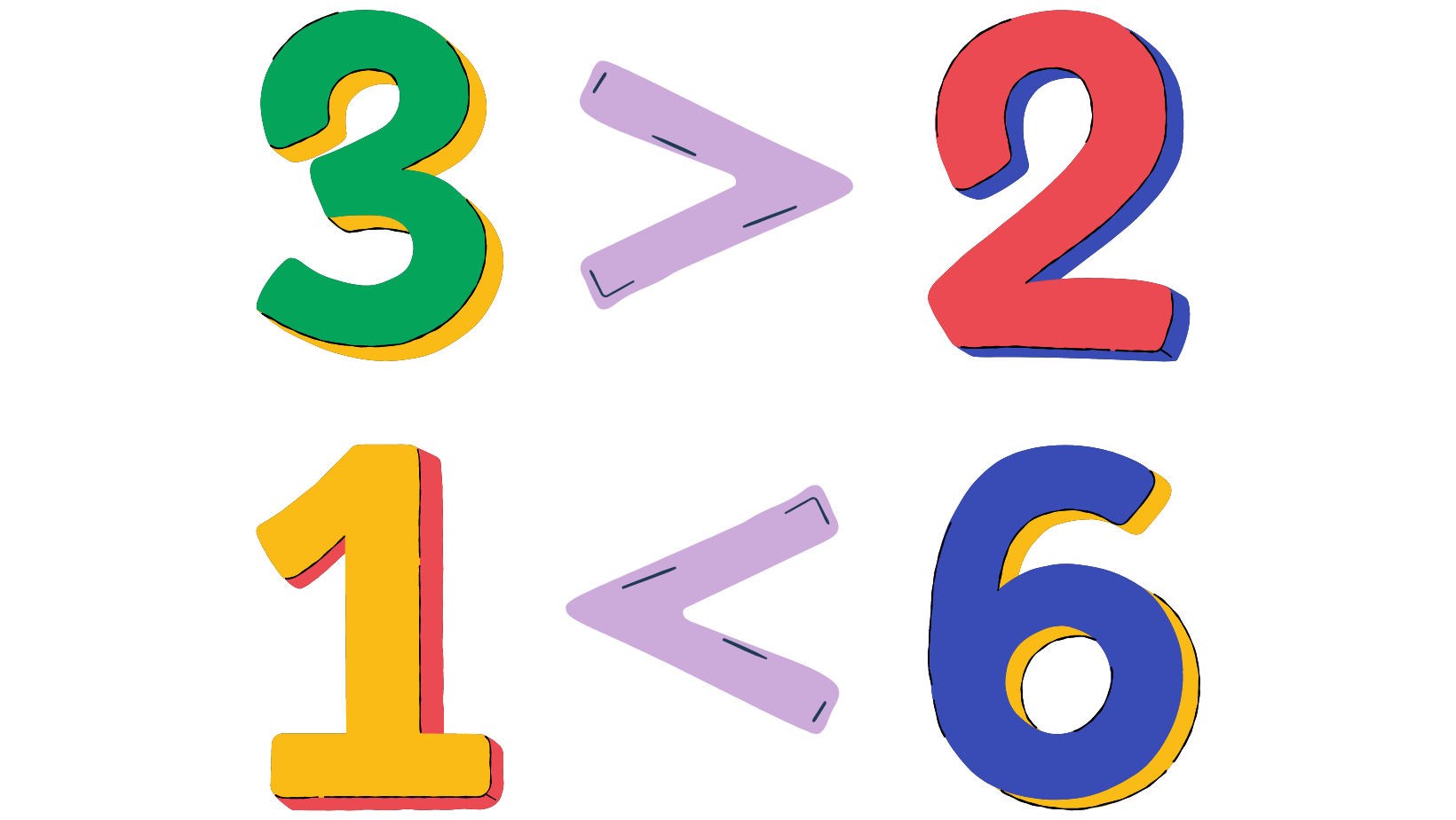
Comparing Numbers
Long before students use the symbols for greater than, less than, and equal (< , >, and =), it is important to make sure they understand the concept of more, less, and the same. Visual examples are key in the early stages of this understanding. Start with notable inequalities such as three blocks versus ten blocks. Help students to practice writing neat symbols because messy ones can be easily mistaken for a different symbol (i.e. a slanted line on the = can look like a < or >.) Other activities can be found at Comparing Numbers – Free Activities & Learning Resources.
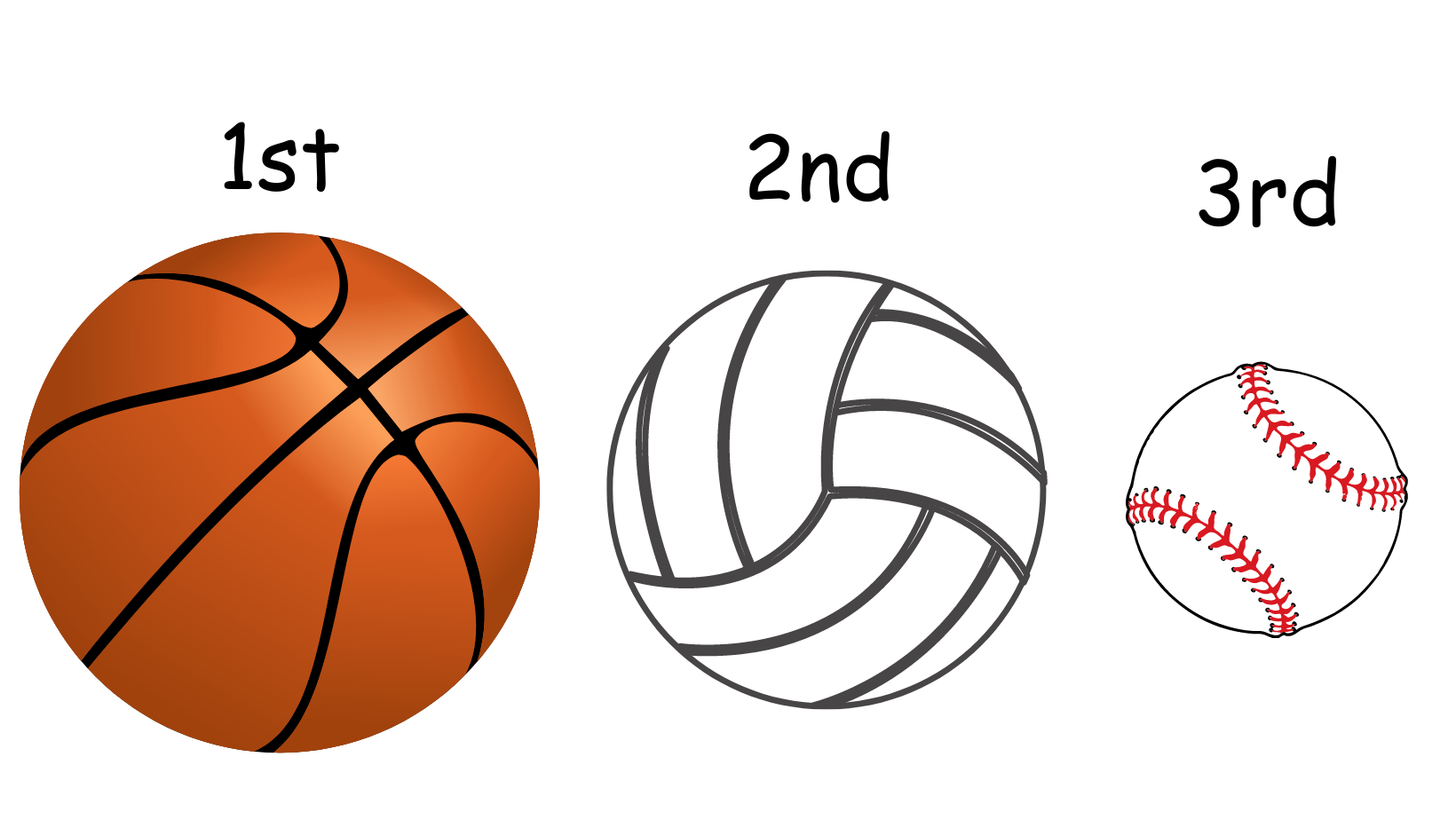
Ordering Numbers
As students learn to compare numbers, they can begin to put those numbers in order. Teach the terms for ordinal numbers (1st, 2nd, 3rd, etc) by having a different object or color in each spot. This will help students to delineate which place to focus on. Students will also need to learn to order numbers from least to greatest and vice versa. It seems that students tend to struggle more with the skill of ordering numbers greatest to least. Perhaps one reason is because they probably did not read the instructions correctly. Another reason is that it requires them to count backward instead of the more common skill of counting forward. Using a number line or hundreds chart are both wonderful tools to help visualize numbers in order. Interactive number lines, like in clothesline math, can be used in countless ways for students to have fun practicing the skill of ordering numbers. Clothesline math uses cards that can be folded over a clothesline for students to easily move around to reorder. The cards found at Clotheslines | KristenAcosta.com demonstrate numbers with a variety of visuals. One clothesline activity idea is to give students a set of number cards and have them race to put the cards in order as individuals or with partners. To start, have cards that go in direct order (like 15, 16, 17, 18, 19). As students learn more numbers, include numbers with gaps (i.e. 27, 38, 54, 71, 92).
Estimating and Rounding Numbers
Another key skill within number sense is the ability to estimate and round numbers. This is another time when your number line and hundreds chart comes in handy. Check out this ORIGO One video on rounding!
An easy way to define estimation is to explain that it is “a really good guess.” This means that while it is not an exact answer, it is also not a random answer either. The skill of rounding numbers allows that “really good guess” to be possible. Students need to gradually gain the ability to round numbers to specific place values, such as the nearest ten, hundred, or thousand. One method or convention when helping students to remember when rounding is the phrase “five high, four floor.” Five or more goes higher to the next group of ten, hundred, etc. Four or less stays where it is (i.e. 83 stays at 80). Also, be sure students are familiar with the terms “round up” and “round down.” The up is usually not a problem for them to understand because they can easily recognize to go up to the next digit, but students can often think the down means to go below the current digit, which is where the “four floor” (not basement) phrase can be helpful. If students struggle to remember which digits would fall into the five high, four floor categories, you could also say, “Five to nine goes up high. Zero to four stays on the floor.” To act these out, as you call out random numbers, students can jump up if the number should be rounded up and squat down if the number is rounded down.
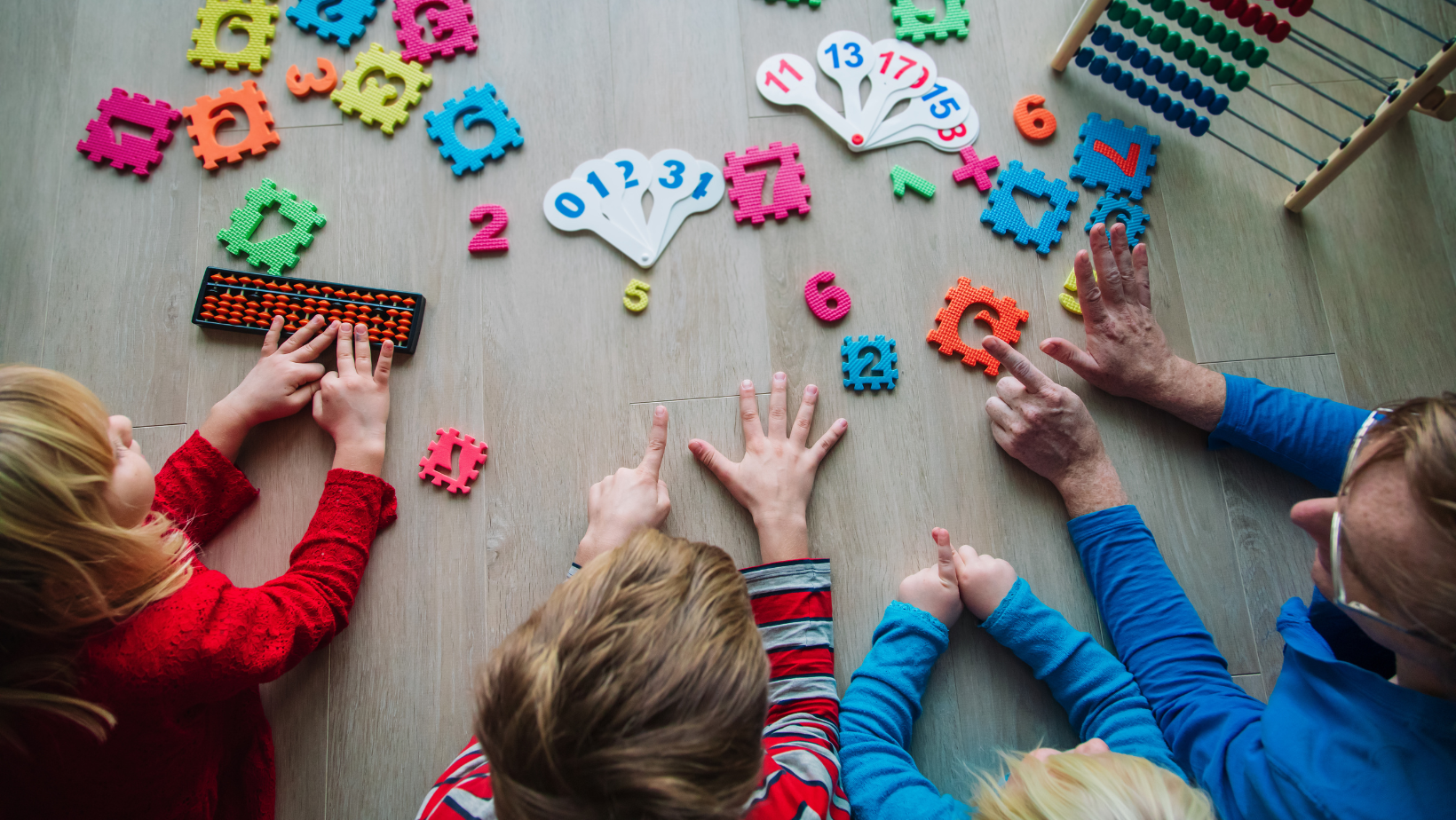
Computation
Once students demonstrate a mastery of basic number sense (recognition and comparison), they can begin to learn computational skills starting with addition and subtraction. Again, it is important to use visuals and manipulatives to aid students’ understanding. For example, as they see or add together three blocks plus two blocks, they can count and recognize it equals five blocks. Be sure to also write the equation (3+2=5) to make the connection between written numbers and physical quantities. For more ideas regarding computation, check out our blog post on addition and subtraction!
Exploring Number Sense with Literature
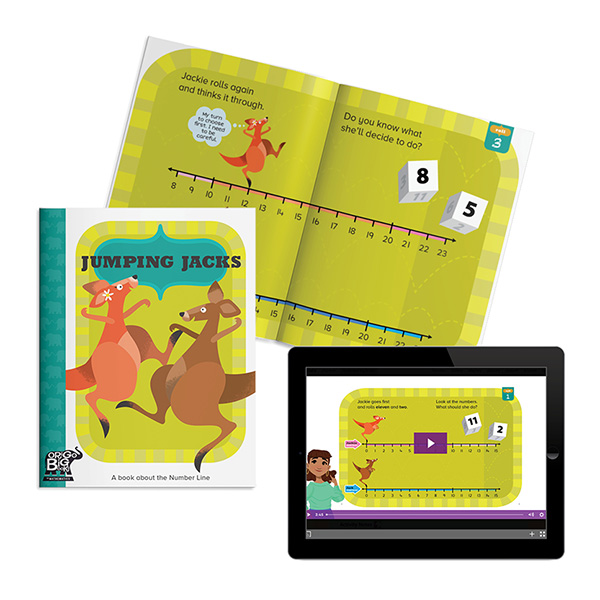
- ORIGO Animated Big Books
- I Spy Numbers by Jean Marzollo
- The Very Hungry Caterpillar by Eric Carle
- Number Everywhere by Elliot Kaufman
- Zero the Hero by Joan Holub
- Place Value by David Adler
- More or Less by Stuart Murphy
- Digit’s Place by Megan Bell Smith
- Let’s Estimate: A Book About Estimating and Rounding Numbers by David A. Adler
- Betcha! by Stuart J. Murphy
Manipulatives for Hands-on Fun
- Counter chips
- Counting bears
- Beads
- Base 10 blocks
- Blocks
- Stickers
- Macaroni or penne noodles
- Popsicle sticks
- Dominoes
- Uno cards
- Plastic, magnetic, and foam numbers
- Link cubes
- Pattern blocks
- Food: Counting backward tastes better when you can eat a treat for each number! Try food items such as raisins, candy pieces, grapes, mini marshmallows, cereal, or nuts (as long as there are no allergy concerns). Don’t forget that teachers need to participate in the activity too!
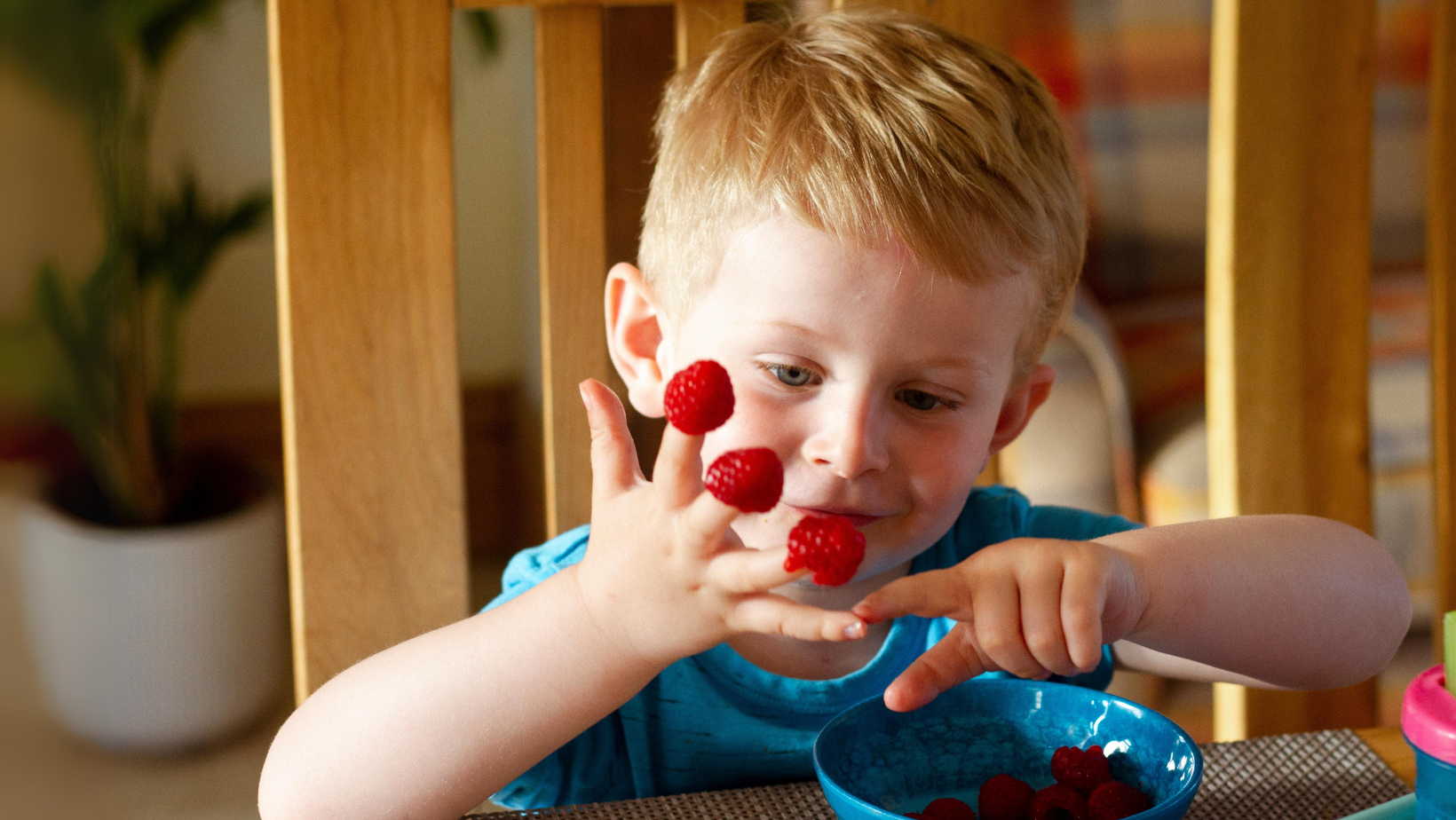
Switch Up the Writing Tools for Extra Fun
Who says writing numbers has to always be with a pencil and paper? Try these fun alternatives!
- Dot markers
- Dry-erase board and markers
- Markers
- Colored pencils
- Colored pens
- Wet paint brush on a sidewalk
- Colored chalk
- Ziploc with paint to trace numbers on the outside with a finger
- Create a giant number line on the floor with painters tape or outside with chalk
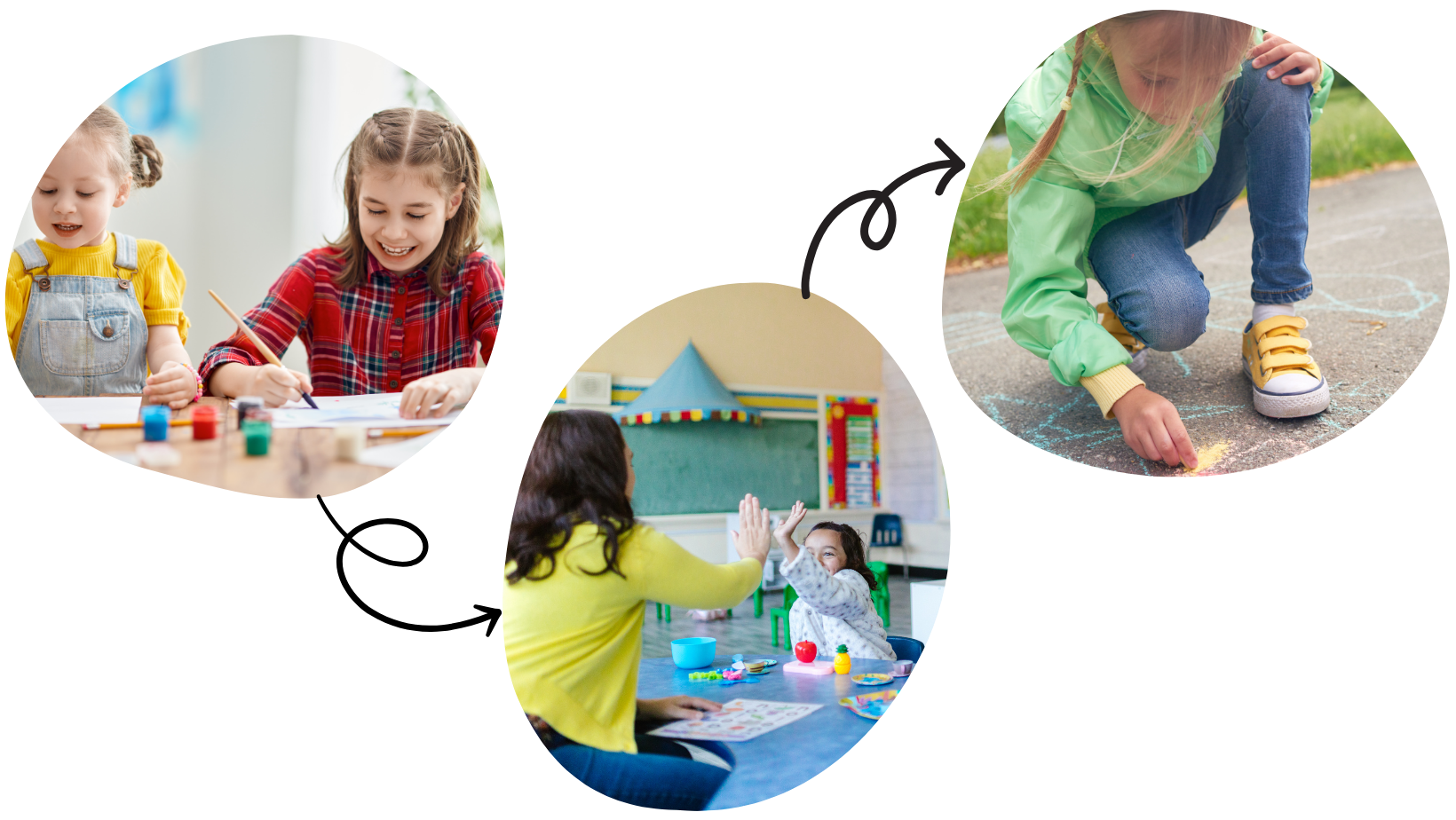
You get the idea! The goal is to help your students gain a better understanding of numbers while keeping them engaged. These creative methods can make learning numbers more interactive and enjoyable for students of all ages.



